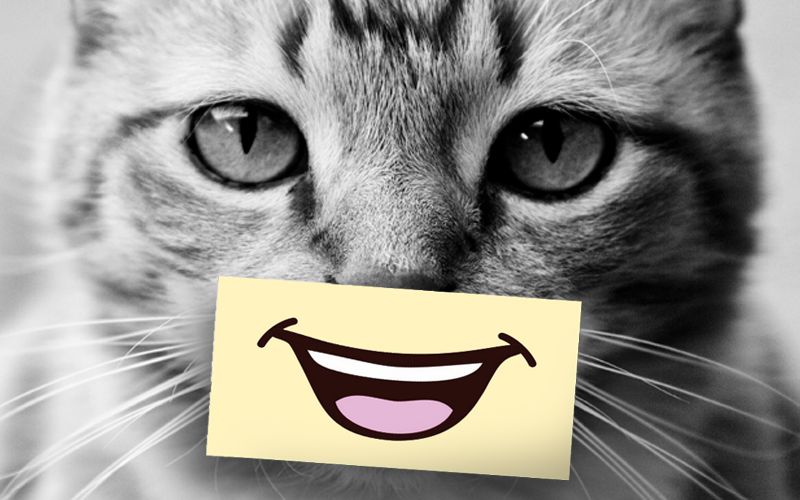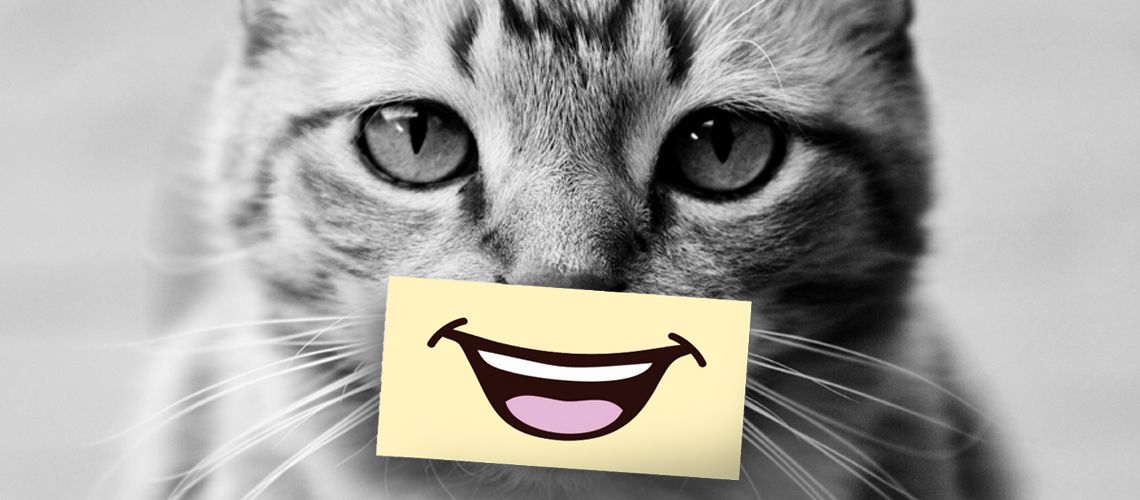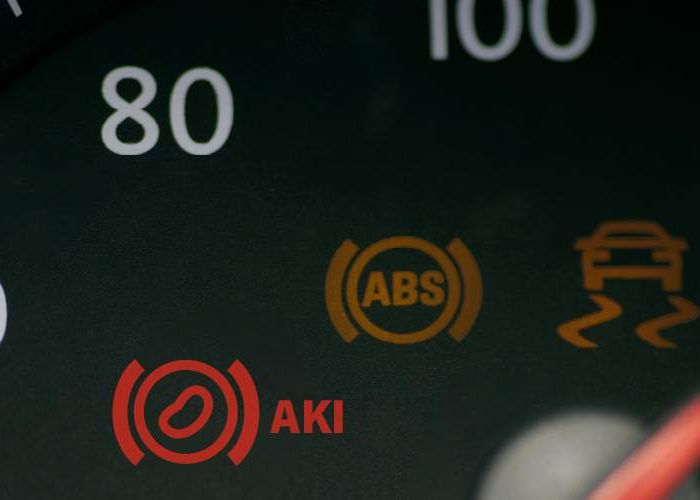

FeLV Shouldn't Be a Death Sentence: Prevention is Key
Feline leukemia virus (FeLV) is a common retrovirus in cats, and it has a reported incidence of between 4-14% of cats infected worldwide. It's transmitted between cats through direct contact of bodily fluids—from fighting, grooming, and respiratory secretions—or by transmission from a mother cat to her kittens in utero.
After being exposed to the virus, about a third of cats will become persistently viremic and will test positive on point of care (POC) ELISA tests, about a third will not become infected, and about a third will have the virus become a part of their genome. This last group of cats will not test positive and are not infectious to other cats during day-to-day contact when healthy. However, regressive infections may reactivate with development of viremia.
Here's what you need to know about FeLV and what to do if your patient tests positive.
Symptoms of FeLV
Most cats with FeLV infection look like any other cat—many are asymptomatic. Clinical signs related to FeLV-associated disease depend on the cat but are commonly related to immunosuppression, anemia, and neoplastic processes. Symptoms might include:
- Fever
- Lethargy
- Decreased appetite
- Weight loss
- Dull coat
- Pale gums
Cats who are FeLV-positive are at a higher risk of associated diseases including anemia, infection, cancer, reproductive disorders, diseases of the bone marrow, and fading kitten syndrome.
At-Risk Cats and Vaccinations
Because of the infectious nature of FeLV, vaccination and regular testing are essential, especially for cats who are considered "at risk." At-risk cats include cats that:
- Are young
- Have outdoor access
- Fight
- Are in a multicat shelter situation
- Are otherwise immunocompromised
These cats should be vaccinated according to manufacturer schedules and be tested annually or 30-60 days after any known possible exposure. With the ability to test for feline heartworm (FeHW), feline immunodeficiency virus (FIV), and FeLV in a single test, annual screening for every at risk cat is prudent and allows for recognition of any status changes. Pairing the FeLV/FIV/FeHW testing with annual wellness screens also allows veterinarians to monitor for changes in white blood cell counts, development of anemia, or changes indicative of other organ involvement.
Additional retroviral testing is recommended when an at-risk cat who has previously tested negative is ill, or any time a new cat might be introduced to the household.
What To Do When a Cat Tests Positive
If a cat tests positive during routine screening, don't panic. PCR testing is recommended to further determine the cat's viral status. If the cat is truly infected, just being positive does not mean problems are imminent.
For cats with a positive diagnosis, care should be taken to keep the cat as healthy as possible. Keep vaccines up to date, and continue routine exams and wellness screens. Regular visits can reveal changes in weight, sizes of lymph nodes, anemia, or other things that can indicate early disease. Dental care, although important for all pets, is especially key in cats with retroviral infections.
Owners should create a safe, indoor-only living space. Keeping the FeLV-positive cat indoors not only reduces their exposure to infectious and traumatic events, it also helps protect other cats in the area from becoming infected. If the FeLV-positive cat already lives in a multicat household, all cats should be tested, and negative cats should be vaccinated against FeLV. The companion cats should be retested annually.
Even if a FeLV-positive cat does not have FeLV-associated disease, their viral status may impact overall disease management and monitoring, making routine exams and lab testing mandatory.
FeLV Prevention Is Key
Prevention is the best medicine when it comes to FeLV. Since kittens are the most at risk, don't skip testing and vaccinating young cats, or other cats who are at risk. The average life-span for a persistently FeLV infected cat is shorter than for one who is negative, but with early detection, we can improve the affected cat's quality of life by providing supportive care and prevent the spread of FeLV.
We want our patients to be members of their families for a full, healthy lifetime, and routine testing and vaccination are integral parts of that plan.







